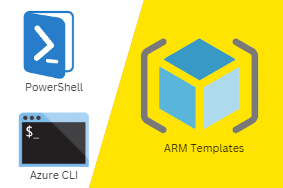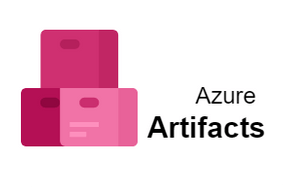Google Cloud SQL offers you an easy way to host your SQL database in the cloud, freeing you from the hassles of maintenance and hardware upgrades so that you can focus on your business. This beginner’s guide will help you set up Cloud SQL and take advantage of its many benefits. Let’s get started!
What is Google Cloud SQL?
Google Cloud SQL (or Cloud SQL for MySQL as it was previously known) is a service that allows you to run a MySQL database in Google’s cloud infrastructure. It’s an excellent choice if you want to be able to spin up new instances of your database at any time and don’t need advanced features, like clustering or load balancing. You can create databases in minutes, either via a web UI or by using Google’s command-line tool, gcloud . Both options offer rich developer APIs that make interacting with your instance straightforward. Security is taken care of out of the box through services like SSL/TLS encryption and sandboxing, so all you have to do is decide what schema your database should use and get cracking!
How does it work?
Before we get into a cloud database for devs, it’s helpful to take a look at what it is, exactly. The most basic definition of cloud database is a type of software that you use from an application or web interface and which does not require any installation. It’s in the cloud, meaning that users can access it via web browser without having to download and install any software on their computer—hence the name cloud database. However, despite its name (and design), you don’t need an internet connection in order to use a cloud database; they’re just as useful when connected directly through WiFi or mobile data.
Getting started with Google cloud sql
I hear a lot of people say that they’re scared of getting started with Google cloud because it seems too advanced. The truth is, setting up your cloud DB isn’t that hard and can be done in just a few minutes. In fact, in my own startup I took only about 5 minutes from starting my console to having everything up and running. In today’s post I’m going to show you how quick and easy it is to get started with Google cloud service! Before we start though, let me give you some background on what Google cloud sql actually is… In general there are three different types of database architectures: server based/on-premise(where you host/rent physical servers and handle all aspects yourself), managed/PaaS (where you work out of box software provided by others but they manage all servers, reliability etc.) and SaaS (that works similar to PaaS except data is hosted in an external cloud provider). These types are not separate categories but rather distinct aspects one should consider when choosing which type of system fits better. SaaS databases include most popular online services like Google spreadsheets or Facebook like button whereas PaaS provides fully functional application environments such as wordpress or facebook app environment.
Advanced use cases
Cloud SQL for MySQL is a free and fully-managed database service that allows you to create your databases on Google’s infrastructure. But it also enables some advanced use cases including Data Loss Prevention (DLP), continuous backup, read replicas, and more. This guide walks through several of these features as well as other advanced best practices for administering your Cloud SQL databases. After reading it, you’ll be ready to start leveraging all that Cloud SQL has to offer. We’ve included links throughout to reference material in our documentation if you want to dive deeper into any specific area. And remember, if you run into any issues while following along or need help setting up Cloud SQL, we’re here to help!



0 Comments